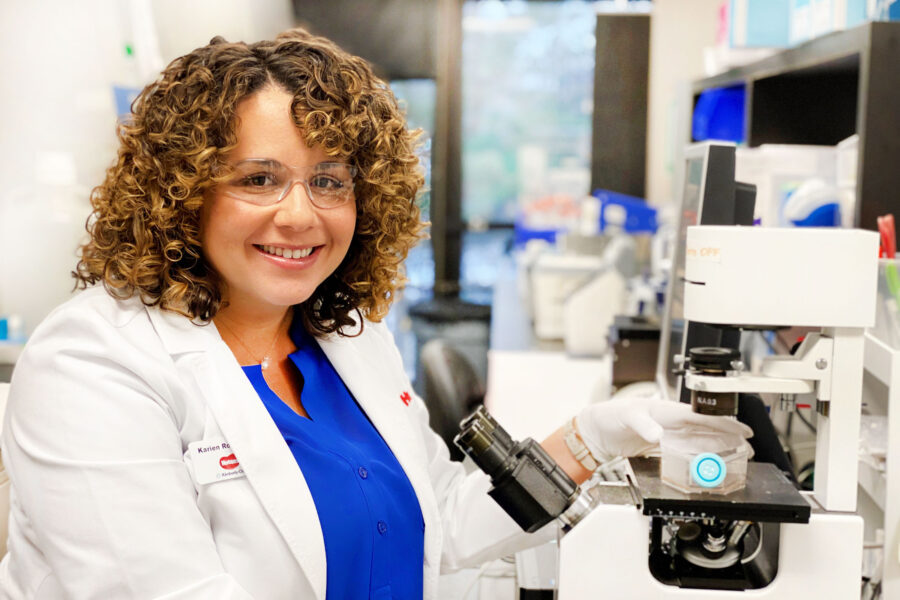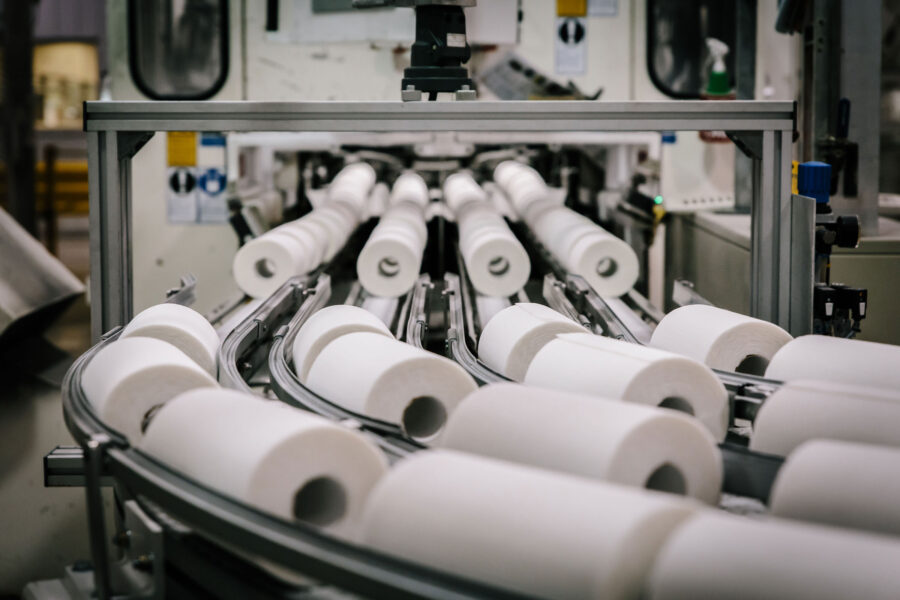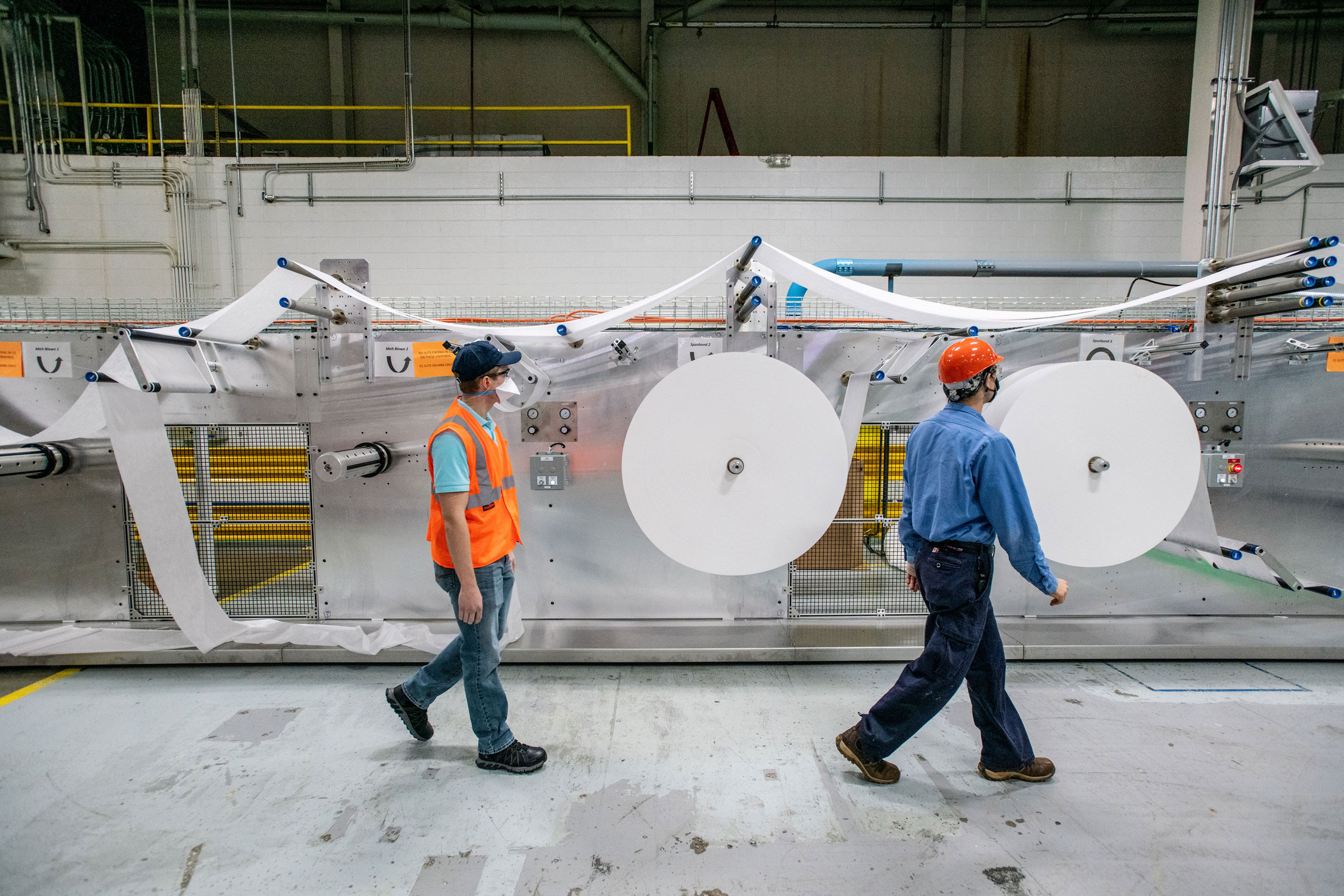Story at a glance:
- To successfully design for decarbonization, architects and designers need transparency on the entire supply chain of products and materials they specify.
- Initiatives that focus on greater energy efficiency are decarbonization strategies that offer environmental and economic benefits.
In the built environment—and all over the world—we’re feeling the effects of climate change. As extreme weather events increase, people and buildings alike are left bracing for impact. The aftermath is often devastating.
To remain standing, buildings and the spaces inside must be designed for resiliency. And for the betterment of the planet, architects and designers must embrace decarbonization strategies.
“In the history of design and buildings, way back in the day before modern times, the idea of adaptive reuse and building buildings to last was part of the baseline process. But somehow in modern times, we look at buildings and think of a short life cycle, maybe 30 years,” says Lisa Adams, sustainable design leader at HKS Architects and director of CitizenHKS.
“We are at a moment in time where we are reconsidering, looking back at what buildings have meant as a society, trying to bring us back to that point beyond focusing on a project’s immediate requirements,” she says. “In the world we’re living in now with global warming, the impact of the decisions we make as designers is probably the most impactful of any profession on the planet.”
For manufacturers, the weight of those design decisions comes down to transparency about the processes and products they create. How can architects and designers be expected to successfully design for durability and decarbonization without it?
Kimberly-Clark Professional, a leading manufacturer of hygiene solutions for workplaces, isn’t afraid to show what’s going on behind the curtain. In fact, Kimberly-Clark is ranked #2 on Barron’s list of the most sustainable companies in the US and is a nine-time honoree on Ethisphere’s list of World’s Most Ethical Companies. For its customers, Kimberly-Clark Professional makes information about carbon footprint and other sustainability metrics accessible as a point of business integrity.
“Our customers expect we will always do what’s right,” says Cristine Schulz, global sustainability manager at Kimberly-Clark Professional. “Everything we share is based on data and science to reassure our customers we’re doing everything we can, in the most effective manner, to continue to innovate and reduce their carbon footprint. This helps customers meet their own sustainability goals and commitments to their employees and guests.”
For example, based on progress against existing goals, Kimberly-Clark is setting a new ambition to be 100% Natural Forest Free across its product portfolio. The company expects to be more than halfway to this goal by 2030.
In 2022 Kimberly-Clark achieved an absolute reduction of greenhouse gas emissions of 42%—a reduction of 65,000 metric tons of carbon dioxide equivalent from the previous year.
“It’s not just about our direct carbon emissions. It’s about getting carbon emission data from up and down our supply chain,” says Lena Heidel, sustainability manager at Kimberly-Clark Professional. “Carbon emissions from the manufacturing of the raw materials and all the way through to the finished goods disposal at end-of-life have an impact to our climate.”
It’s not just about our direct carbon emissions.
Taking the entire supply chain into account is a necessary step. And yet this is where decarbonization gets complicated. “We’re not simply going out and buying offsets. We’re exploring partnerships and emerging technologies to help get to zero waste and reduce carbon emissions,” Heidel says. “We’re going to do it the right way.”
For facility designers and managers, smart, internet-connected restrooms are playing a larger role in healthy commercial buildings. Onvation is an example of a connected software solution for smart restroom servicing by Kimberly-Clark Professional that tracks use and immediately deploys cleaners when and where they are needed to reduce waste and ensure restrooms meet enhanced cleanliness expectations.
The team is also rethinking product end-of-life programs. These initiatives take eligible Kimberly-Clark Professional products and recycle them for use in new consumer goods like outdoor furniture. These programs are highly traceable, too—another layer of transparency.

Photo courtesy of Kimberly Clark Professional

Photo courtesy of Kimberly Clark Professional
Encouraging transparency and making information accessible is one thing; the credibility behind the data is another. Kimberly-Clark Professional invests in third-party certifications. In fact, the company was the first in its industry to certify tissue products to be Forest Stewardship Council-compliant in 2008.
Add on requirements from other certifications like UL ECOLOGO, which certifies products and services have reduced environmental and health impact, and there’s no doubt that the investments for third-party certification are significant. But they are essential in a world of misinformation.
“Third-party certification gives our customers confidence that when they’re buying our products, or when they’re working with our suppliers, we’re doing the right thing. We are verifying the recycled content that’s put into our products, buying from responsible sources of virgin material, and reducing our plastic and water footprints,” Heidel says. “It gives customers confidence that they can buy from Kimberly-Clark Professional and do good.”
The alternatives are not manufacturing in an environmentally responsible way, not providing transparency, and not giving architects and designers the tools they need to specify materials that aid in decarbonization and building resiliency. What kind of future does that create for the planet and those of us who call it home?
“When discussing sustainable design with clients, initial concerns can revolve around costs. However, decarbonization emerges as the hero in this narrative,” Adams says. “Materials like mass timber, acting as carbon sinks, can significantly expedite project schedules, while prefab solutions can streamline the overall project timeline, leading to faster completion. Decarbonization strategies bring value when designing for change, reduce the burden of cost, and provide economic benefit to clients.”
And that’s nothing to say about the environmental benefits of decarbonization, which are certainly appealing to the built environment’s biggest client: the Earth.


